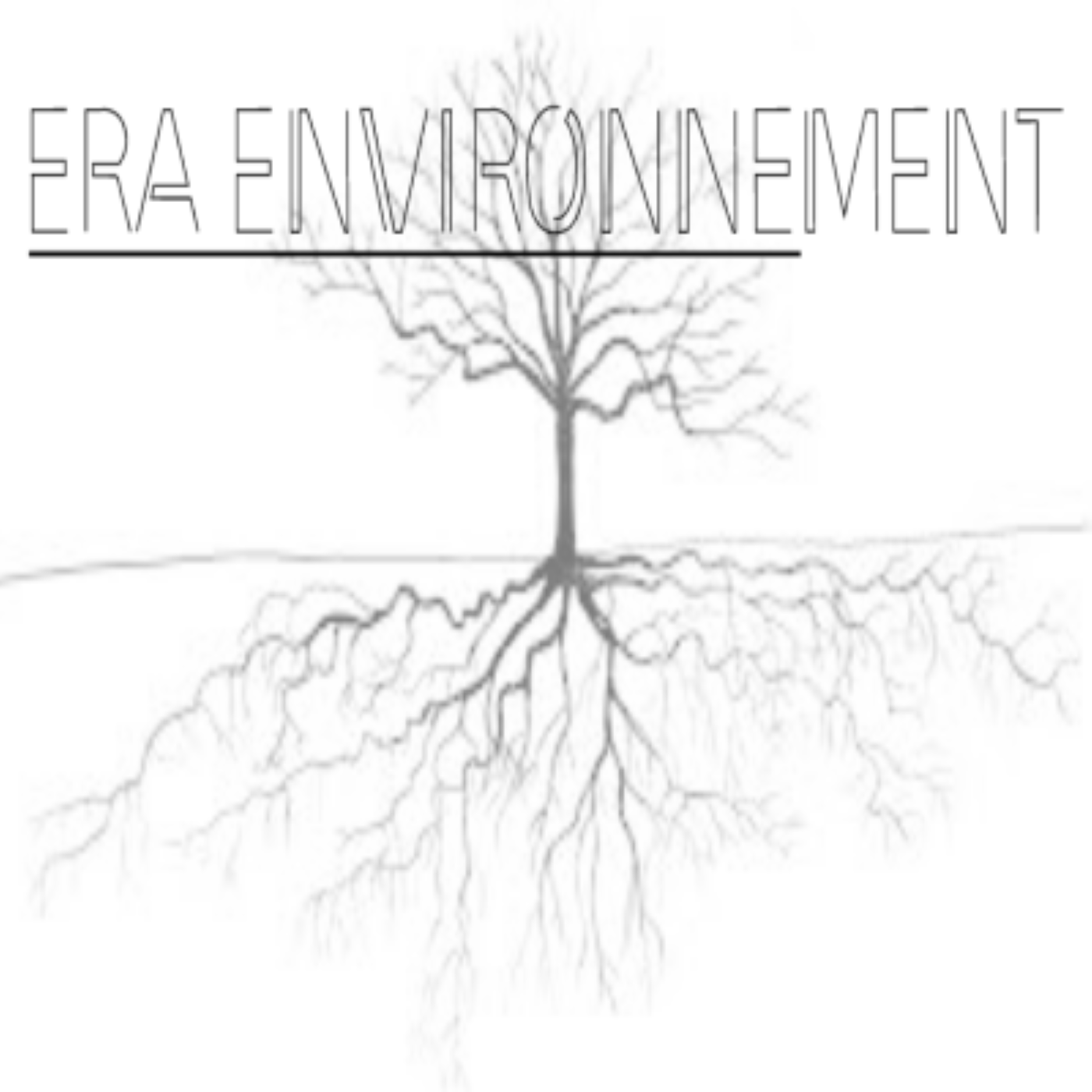By Houmi AHAMED-MIKIDACHE
On the eve of the 28th United Nations Conference on Climate Change, scheduled to take place in Dubai, United Arab Emirates from 30 November to 12 December, Climate Focus, an international climate advisory centre and an alliance of farmers released a report this week entitled “untapped potential”. This report shows that small producers receive only 0.3% of international climate finance, even if they produce a third of the world’s food.

On 14 November, Climate Focus, an international consulting firm in collaboration with 10 farmer networks representing more than 35 million family farmers in Africa, Latin America and Asia and the Pacific, published a report entitled “untapped potential” on climate finance for agriculture, forestry and fisheries. Only 11% of international public climate finance went to them, an average of US$7 billion a year. In sub-Saharan Africa alone, the financial needs of smallholder farmers are estimated at $170 billion annually. These data date from 2001.
The report stresses the challenges of climate change and the importance of family farmers. Since 2019, 122 million people have been hungry. “We need to put in place resilient food systems that can feed people in a changing climate, but we cannot do it without family farmers,” the report says. Small family farms of less than two hectares produce a third of the world’s food (32%), while farms of up to five hectares in developing countries account for more than half of the world’s production of nine staple crops – rice, peanut, cassava, millet, wheat, potato, maize, barley and riye, which produce nearly three quarters of coffee and 90% of cocoa, report the authors of the analysis.
Complex access to finance procedures
In 2021, 19% of global public climate finance for agriculture, forestry and fisheries were used to support sustainable and resilient practices, or US$1.6 billion, the report shows. 80% of funding for agriculture, forestry and fisheries is channelled through beneficiary governments and NGOs in donor countries. The analysis shows that family farmers’ organizations have difficulty accessing funds due to a lack of information on how and where to apply for funding, and also because the eligibility rules and application processes for climate finance are complex. Small family farms received only a quarter (24%) of the sector’s spending in 2021.

The report recalls that the largest providers of climate finance are developed countries, and international institutions such as the Global Environment Facility, the Adaptation Fund, and the Green Climate Fund. Climate finance is widely dispersed in the form of grants and concessional loans. Primary recipients of climate finance typically include national or subnational governments, development finance institutions, research institutions or non-governmental organizations (NGOs) donor or recipient countries. These institutions are responsible for managing payments to final beneficiaries.
The beneficiaries
In 2021, small family farms in agriculture, forestry and fishing, received only a quarter of the sector’s spending ( 24%). Africa, in the same year, received more than half of the funding for sustainable practices, while only 7% was spent in South America and 2% in Central America and the Caribbean. A total of US$1.4 billion was spent on activities that focused primarily on adaptation and US$900 million spent on activities that were primarily focused on mitigation.
The report also notes that US$680 million has been dedicated to mitigation and adaptation projects. The main contributors to sustainable agriculture are Germany, Norway, the European Union, the World Bank and the African Development Bank, which collectively spent $813 million in 2021. $8.4 billion was spent in agriculture, fisheries and forestry, about half of the $16 billion spent on energy projects. In 2021, only 2% of global public climate finance, or US$2 billion, went to family farmers and rural communities. This represents about 0.3% of total international climate finance. The European Union, one of the largest funders of sustainable agriculture, has directed nearly half of its climate finance spending to conventional and industrial agri-food sectors, with only 2,7 or 9, 16 million US dollars support projects related to agroecology.
The authors also find a lack of communication between organizations representing family farmers and food and climate policy makers. At the national level, the concerns and proposals of family farmers are rarely taken into account by governments, while eligibility and financial constraints make it difficult for them to engage in international forums such as the UN Climate Summits.
However, the report recalls that there is a growing awareness of the urgent need to create more resilient and sustainable food and echoes the recent exhortations of the COP 28 presidency. Ahead of the UN Climate Summit in Dubai, the UAE presidency encourages governments to commit to formally integrating food and agriculture into national climate plans for the first time. COP 28 presidency calls for enlargement and improved access to finance international for adaptation and transformation of food systems. COP28 is expected to agree on a global adaptation target and a process to accept new 2030 financing targets that could unlock more support and financing for food and agriculture, the report says.
Farm families call on governments and donors to recognize the important role of small family farmers and call for partnerships to transform the food system and fight climate change. They call for more climate finance and for the European Union to play a major role in food and climate decision-making.
Who are the authors of the study?
The study was conducted by Climate Focus, an international consulting firm engaged in developing policies and projects that help fight climate change and a network of farmers training more than 35 million people. This analysis is based on climate-related official development assistance (ODA) data made available by the Development Assistance Committee (DAC) of the Organisation for Economic Co-operation and Development (OECD).
The network of farmers includes the Asian Farmers Association for Sustainable Rural Development (AFA), the Confederation of Family Producer Organizations of Greater Mercosur (COPROFAM), the East African Farmers Federation (EAFF), Association of Small Farmers of Eastern and Southern Africa (ESAFF), Union of Farmers of the Maghreb and North Africa (UMNAGRI), Network of Farmers and Producers’ Organizations of West Africa (ROPPA), the Pacific Peasant Organizations Network (PIFON), the Regional Platform of Farmers’ Organizations in Central Africa (PROPAC), the Regional Rural Dialogue Programme (PDRR), and the World Rural Forum (WRF).




